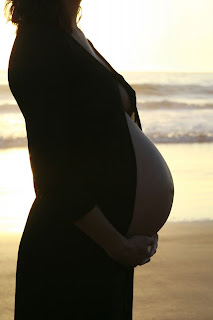If you are feeling a little frisky since the weather has cooled down than you are not alone.

The latest data from Statistics Canada shows October through December may be prime time for procreation. Although live births were fairly evenly distributed in 2005, the most recent year for which numbers are available, a subtle increase took place during the three-month period between July and September.
Given that most pregnancies last 40 weeks, the implication is that “spring fever” might not come when it’s pouring rain but with the falling snow.
July, August and September each accounted for 8.8 per cent of the year’s newborns; by comparison, babes born November through February comprised between 7.3 and 7.9 per cent. Spring was the least likely time for making babies, with roughly 5,200 fewer infants born in February – suggesting a May conception – than in any given prime time month: 24,896 versus 30,174 in July, 30,083 in August, and 30,112 in September.
I wonder if the fact that there is less to do in the winter has something to do with these stats?






